What members are saying: SC&RA news September 2019
10 October 2019
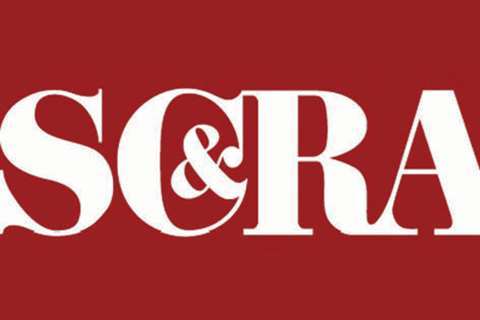
SC&RA members around the world work through any number of challenges on a daily basis but they don’t always get to talk about them. Even though plenty of operational complexities are a given, some day-to-day trials are unique to particular companies or sectors and, therefore, are worth examining.
Several industry people were asked what business challenges are they facing right now and therir responses are outlined below.
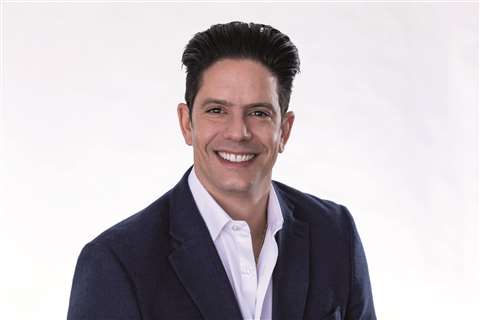
Nick Ruscito-Caissy, vice president and CEO at DDS North America, said, “We’re the largest provider of escort vehicles and pilot cars in North America. The challenges we’re seeing and have been seeing more of recently is the insurance aspect of our business – understanding what is required, and what industry requires of us – to actually find an insurance company that is willing to step up to the plate and insure our industry.
“SC&RA is doing a great job here in partnering with insurance companies, and I’ve been involved for a long time. As a broker, we do our due diligence in making sure that our subcontractors have buffer insurance and a minimum amount of general liability, but their challenge and mine is to find carriers that are willing to insure us. For the escorts especially, the same company that will insure a trucking company doesn’t want to insure the pilot car. I sit on the board of the Pilot Car Task Force at SC&RA and I’m also involved as a consultant for the North American Pilot Car Association – we’re trying to develop a common language and establish a clear understanding of where the responsibilities lie. We’ve seen increases of two to three hundred percent on insurance premiums in some cases; that can bury a business. So, we’re trying to hopefully get a group package together with these two different parties – trucking and pilot car – and work with SC&RA and the North American Pilot Car Association to develop a workable plan.”
___________________________________________
Peter Schaefer, director, HSE and compliance, NCSG, Alberta, Canada, comments, “One of the biggest challenges as a director of compliance with operations across North America is having people understand that we’re building a programme that has to meet the needs of multiple regional requirements. So, you want to build a high standard in any one region, but it doesn’t always make sense to a person that only knows their legislation or their requirements for a certain area. I think that’s one of the benefits of the SC&RA – when we develop a training programme or a standard with people’s input from across North America, it helps a new person or that trainee develop skills and understanding that fits anywhere. Whether it’s in Canada or the US, any company that works in multiple states or provinces – or cross-border – needs to know the specific regulations, or even terminology, and that’s a challenge for some folks.
“That said, some challenges in Alberta that you don’t see in other places in Canada: time restrictions and frost restrictions, and weight allowances on roads depending on weather. So, some folks may not be aware of that, and then your assumption is that they are aware of it. It’s important for fleets to be aware of the law of the land and not just base it on their own personal experience. It requires the employer to be that much more diligent and understand which sets of rules to play by.
___________________________________________
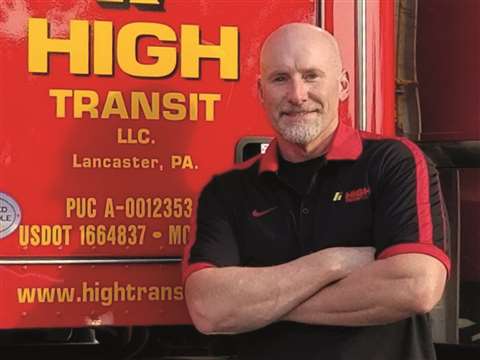
Art Weaver, permit and escort co-ordinator, High Transit, said, “Something that often gets brought up at SC&RA events is harmonisation – we talk it about it every year. I know that SC&RA is working hard on solutions because many of the states don’t want to give up their jurisdiction and power – and that makes it difficult for us. Specifically, if we have an oversized load leaving our plant in Pennsylvania, we may need one escort for that, and then when we get to the New York line, we may need three escorts for it. We may get to the next state and it’s two escorts.
“Another big problem in our industry is infrastructure. We need the Fed to pass this bill so we can get some more work. We also need to repair these bridges and structures that are in such bad shape, which affects the permitting world too. Engineers and architects are designing these bridges that are bigger, heavier, longer, and yet the infrastructure is getting to a condition where we can’t get permits for them because it’s deteriorating – and that’s a problem across the country.”
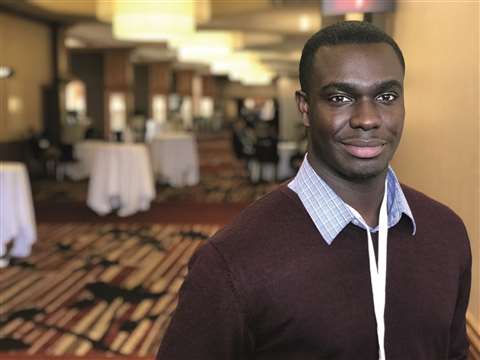
___________________________________________
Kevin Kwateng, director of operations at Transport Bellemare International, commented, “I think the glaring issue we’re dealing with right now is the permit department and the DOT. A lot of other SC&RA members are also dealing with this. Permits for over-dimensional, heavy loads that used to be accepted within 24 hours simply aren’t being accepted anymore – so it’s becoming extremely difficult for us, as well as our customers, to even understand what it is we’re supposed to do. Once they change a law, it’s not as if they give you a written document that explains what the regulations are now. That’s honestly been our biggest challenge in the last year or so.
“I’ve been at Bellemare for six and a half years, and when I first started, the number of over-dimensional pieces that were being built compared to now – it’s dramatic. What a lot of companies have done is open up shop elsewhere in Canada, maybe to Ontario, which isn’t that far, or areas where they have access to rail or a port nearby. But nonetheless, they’ve gone there because they can’t get permits here, or they keep HQ here and just do all the procurement overseas. They have a facility here, engineering team here, PMs, but instead of building the pieces here, they’ll have pieces built in China and then do the logistics and co-ordination from here. In this way, as a province, we’re losing a lot of our capabilities. It starts off with fewer pieces, then less demand, then fewer jobs, and that leads to less expertise because those people are going to go elsewhere.”
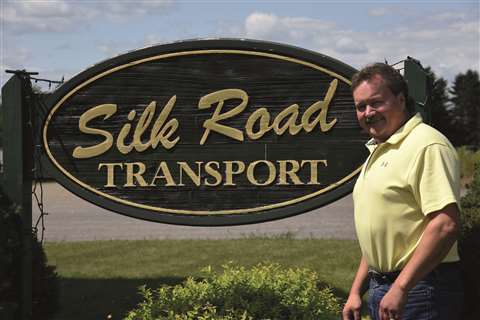
Todd Haraty, COO at Silk Road Transport, said, “Having fifty states with fifty different sets of rules stretches the capacity of most of us. That said, SC&RA’s UPT2021 initiative is beneficial to everyone – especially those that are hauling less than superloads. In New York City, ELDs are a huge challenge for us. We haul subway cars into Manhattan and can only travel at our sizes at night. Yet there’s not reasonable parking to get the loads there during the day (before) in order for the driver to have hours to drive that night. We’ve had to become more skilled on the operational side looking for parking and working with locations that will allow us to park there.
“But overall, folks have to set aside some time every day to read some articles, or SC&RA emails and newsletters – you’ve got to make that time. We’re as up to speed on industry news as possible, but I go to Association events and I hear people that are surprised by whatever ruling, etc. They have to avail themselves to the educational materials that are available through the Association at the least. It’s one way to both examine, address and work around issues, if nothing else.”
What are you hearing from members?
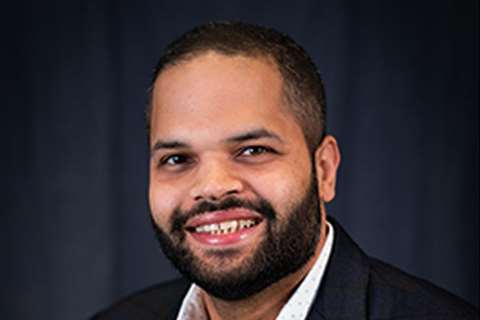
“Members worldwide are scaling the equivalent of Mount Everest in their quest to find the next generation of employable skilled labour and are learning from each other on how to reach the summit. Meanwhile, they’re balancing increased customer needs and dealing with inadequacies at permitting offices, all the while working with insufficient infrastructure and a global trade war, which impacts their ability to do business. SC&RA’s mission is to solve these problems and not simply equate them to ‘the costs of doing business’. I want to hear what obstacles our members are encountering so that we can continue to tackle them on a global scale. I can be reached at jbell@scranet.org”






